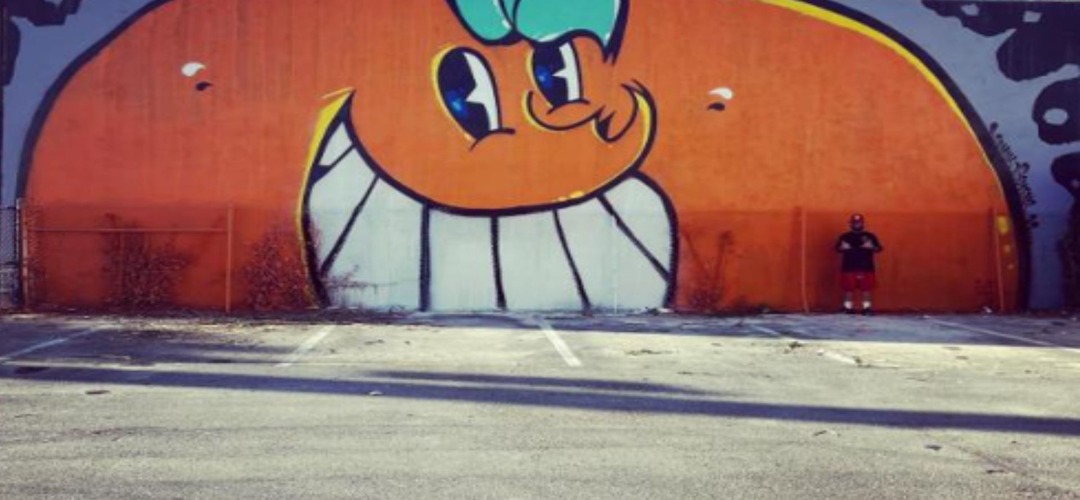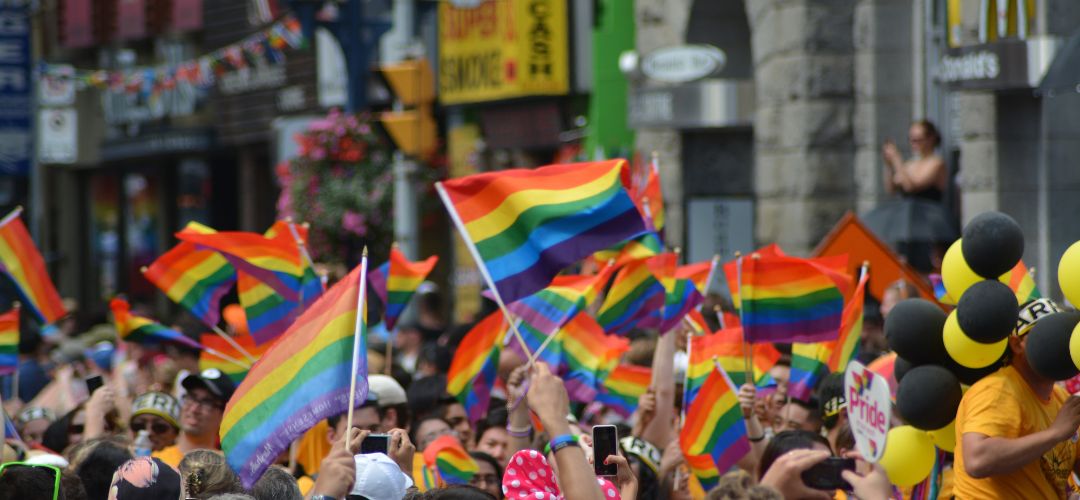The International Swimming Federation banned Soul Cap from The Olympics. The cap maker sells tailored swimming caps specifically designed to protect voluminous, Afro-texture hair in swimming. The news of Soul Cap being banned was shocking, especially because the decision technically denied the promise that all athletes have equal access to appropriate sports gear in this grand event. What it also tells us is the world needs to love Black bodies much more than it does currently.
Why doesn’t the world love Black bodies?
Soul Cap being banned sparked heated conversations on social media. The center of the conversation quickly extended to the discussion of Black bodies in sports. The Black body is often underrepresented or rendered invisible. The Black female body, furthermore, is additionally judged and criticized.
From Alice Coachman, Althea Gibson, Debi Thomas, Laila Ali, Serena Williams, Simone Biles to Sha’Carri Richardson, the physiques of Black female athletes have been constantly questioned in the public eyes.
The most frequent concern is whether their bodies look right or appropriate in athletic performance or competition.
Why can’t we just love Black bodies for the beauty they hold?
If having an additionally muscular female body is not normal, and curly Afro-textured hair is not natural, why does society even bother to promote the ideas of diversity and inclusion on social media? To Black female athletes, the lack of representation and support and the absence of equality are the norms.
The harsh and dehumanizing cultural messages
Black female athletes have been facing unrealistic societal expectations over the years. Some in society make sure that they are never good enough for mainstream social standards.

Professional softball player AJ Andrews shared that she has been called ‘manly’ and ‘too big.’ There are always some people commenting on her unfeminine physique because of her muscles.
“The cultural conversation surrounding black female athletes has shifted in part from what women have to look like to participate to what they have to look like to be endorsed.”
Amira Rose Davis for The Undefeated.
Competing while black and female on the tracks, fields, and courts of America is never easy. Black female athletes have either been criticized for their looks and for showing too much aggression on the field. Too aggressive, too masculine, too powerful, the public feels intimidated by their presence.

Kayla Cohen, a graduate student in sports business at Temple University, used to be a field hockey player. She recalled the time playing against a team that was predominantly white girls in high school.
While playing aggressively out of pure passion, she was told to calm down by each girl on the opposing teams while exchanging high-fives. Cohen never played with the same intensity again and she quit the team the following year.
Living up to a feminine standard
It’s hard to be a female athlete of color because people will pay additional attention to her identity and appearance rather than her skills. Lynsey Jae Grace, athletics coordinator at the Community College of Philadelphia, talks about the paradox of presenting a feminine look while doing a masculine sport on the field.

“When I run, I’m aggressively running. When I’m high-fiving or slapping. I’m aggressively doing it. Why can’t I just be me? I’m Lynsey Jae Grace, a child of the most high god, fearfully and wonderfully made. I’m me, but we get pigeonholed.”
Lynsey Jae Grace for The Undefeated.
Living in a predominantly white society, Black women feel the pressure to fit in the mainstream beauty standard. Society has pressured them into pursuing a noticeable feminine body, but has constantly ignored their struggles.
We may not know exactly how Black female bodies are perceived and discussed on the field at sports events, but social media has already presented a rather straightforward portrait.
A year ago, Vogue dropped its August cover featuring Olympic champion gymnast Simone Biles. The image was shot by renowned photographer Annie Leibovitz. While beautifully and professionally done, the image received critical feedback from the public.
The photograph did not compliment Biles’ beautiful athletic build. Instead, many argued that her dark skin was not shot in the appropriate lighting and styling, leaving her skin looking “flat, washed out, and muted.” The lines and curves of her muscular back were somehow softened and purposely feminized.
Love Black bodies no matter what
Simone Biles’ back shoot is very similar to that of Oscar-winning actress Viola Davis’ Vanity Fair’s July/August cover in the same year. Davis’ cover is shot by Black photographer Dario Calmese.

Calmese, however, intended to recreate the image of Gordon’s “Scourged Back” through Davis’ back, later revealed by The New York Times. The photographer also explained his true intention to rewrite narratives for Vox.
“Not only around slavery, but also the white gaze on Black bodies, and transmuting that into something of elegance and beauty and power. It’s about replacing the images that have been washing over all of us for centuries, telling us who we are and our position in the world and our value.”
Dario Calmese for The New York Times.
It was an interesting move to use Black beauty as a reminder of Black pain. Certainly, Calmese captured the power and beauty of the Black female body through his lens. However, simple imagination could hardly recreate the weight of history and violence. I wondered if there were other layers of meanings in Calmese’s photograph.
Calmese didn’t intend to create a glamorous moment for Davis. He wanted it to be a moment that was rich of “underexposed and somber” in its own authenticity.
Davis is sporting natural hair sitting high and blocking a big portion of the magazine’s name. Her pose was so dynamic and confident, which echoed well with her words on the cover of the magazine; “My entire life has been a protest.”
It’s not up to us to define
Photographer Dana Scruggs became the first Black woman to photograph an athlete for ESPN’s “The Body Issue” in 2018. Scruggs shared her position as the first Black female photographer in many of her work opportunities.
She pointed out how the industry’s limited acceptance of Black talent and creatives led to the lack of representations and portraits of achievements of Black women in general.
“I really want to see Black women get opportunities to portray other Black women. When people talk about women in photography, they’re not talking about Black women. When people talk about Black people in photography, they’re not talking about Black women, or Black femmes either.”
Dana Scruggs for Vox.
Intentional feminization of the Black female body is not glamorization, but an inconsiderate process that shows a lack of depth and representation. Furthermore, creating rules that make it harder for Black women to thrive, such as the banning of Soul Cap, is discriminatory and gross.
“She’s too muscular as a woman” or “Her dark skin doesn’t work for this lighting” are such ridiculous excuses society uses to dehumanize the Black body. We are all different, and we should celebrate that.
Rejecting Black bodies that do not align with mainstream and white-centric beauty standards is such an immature way to look at Black womanhood. Love Black bodies, not just today, but every day.

























































